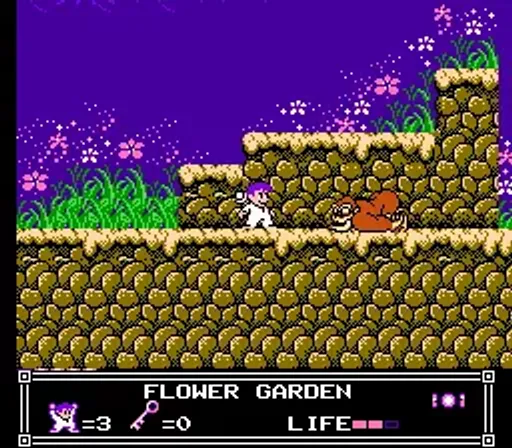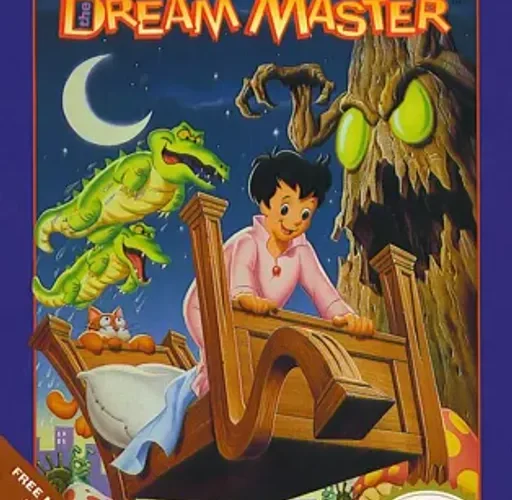 Good afternoon! Ready to dive into the dreamscape with Little Nemo: The Dream Master? I’ve been anticipating this game ever since I read Capcom was behind it. They’re always solid, you know, like with Mega Man!
Good afternoon! Ready to dive into the dreamscape with Little Nemo: The Dream Master? I’ve been anticipating this game ever since I read Capcom was behind it. They’re always solid, you know, like with Mega Man!
 Absolutely! Capcom’s got a great track record. I love how Little Nemo: The Dream Master is based on that classic comic strip. It’s mesmerizing how they translated Windsor McCay’s early 1900s art into an 8-bit game.
Absolutely! Capcom’s got a great track record. I love how Little Nemo: The Dream Master is based on that classic comic strip. It’s mesmerizing how they translated Windsor McCay’s early 1900s art into an 8-bit game.
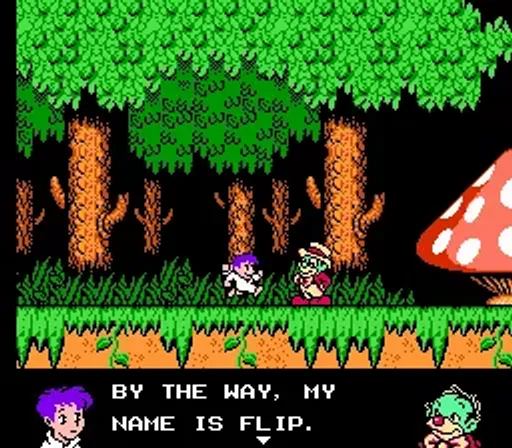
 It’s impressive, for sure. The game starts in the Mushroom Forest, and you’re immediately struck by the charm of Nemo’s abilities. Stunning enemies with candy is such a whimsical twist. But, it’s not as easy as it looks, right?
It’s impressive, for sure. The game starts in the Mushroom Forest, and you’re immediately struck by the charm of Nemo’s abilities. Stunning enemies with candy is such a whimsical twist. But, it’s not as easy as it looks, right?
 Definitely, there’s a learning curve. Stunning enemies and then using the animal transformations to navigate each unique terrain feels fresh. That first transformation with the frog lets you jump over obstacles so fluidly. There’s a lot of strategy in choosing when to use which animal.
Definitely, there’s a learning curve. Stunning enemies and then using the animal transformations to navigate each unique terrain feels fresh. That first transformation with the frog lets you jump over obstacles so fluidly. There’s a lot of strategy in choosing when to use which animal.
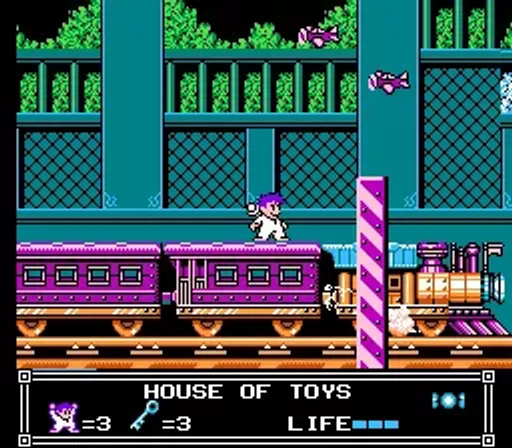
 I particularly enjoy the levels like Train Land. The design captures that dreamlike quality so well. It’s like an interactive art piece. And don’t forget, each stage has its own specific challenges and atmosphere making it a thrilling ride.
I particularly enjoy the levels like Train Land. The design captures that dreamlike quality so well. It’s like an interactive art piece. And don’t forget, each stage has its own specific challenges and atmosphere making it a thrilling ride.
 Oh, Train Land was a riot! The moving platforms and dodging obstacles were intense. But speaking of intensity, let’s talk about the final boss—spoiler alert for anyone who hasn’t played all the way through! The Nightmare King is no joke.
Oh, Train Land was a riot! The moving platforms and dodging obstacles were intense. But speaking of intensity, let’s talk about the final boss—spoiler alert for anyone who hasn’t played all the way through! The Nightmare King is no joke.
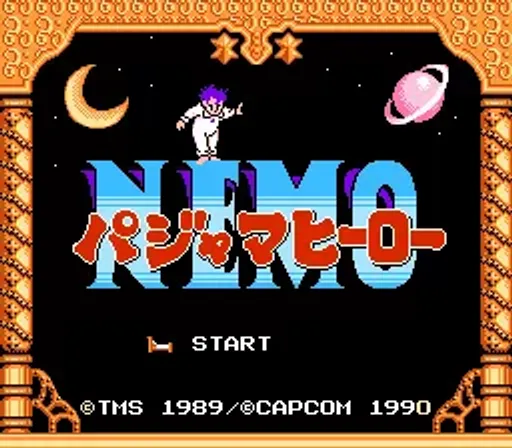
 Right! The final fight took me by surprise with its difficulty. Managing your animal transformations while avoiding his attacks was quite the challenge. I thought my thumbs would fall off from all the dodging and jumping!
Right! The final fight took me by surprise with its difficulty. Managing your animal transformations while avoiding his attacks was quite the challenge. I thought my thumbs would fall off from all the dodging and jumping!
 Agreed, but beating him gave such a satisfying rush. The way the plot wraps up with rescuing the King of Slumberland—it might be simple, but it’s fitting for Nemo’s dream adventure.
Agreed, but beating him gave such a satisfying rush. The way the plot wraps up with rescuing the King of Slumberland—it might be simple, but it’s fitting for Nemo’s dream adventure.
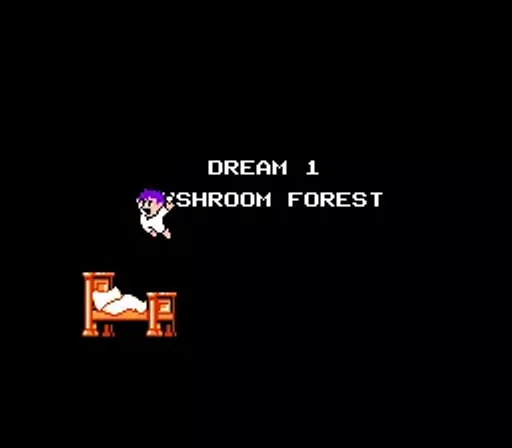
 Fun fact: some of the team behind Little Nemo also worked on Mega Man, which might explain the smooth controls and catchy music. Also, by 1990, Capcom has really honed their craft in making tight, polished games.
Fun fact: some of the team behind Little Nemo also worked on Mega Man, which might explain the smooth controls and catchy music. Also, by 1990, Capcom has really honed their craft in making tight, polished games.
 That’s not surprising, considering how well-crafted this game feels. Have you noticed how the game manages to stay challenging without being unfair? That’s a hallmark of good design.
That’s not surprising, considering how well-crafted this game feels. Have you noticed how the game manages to stay challenging without being unfair? That’s a hallmark of good design.
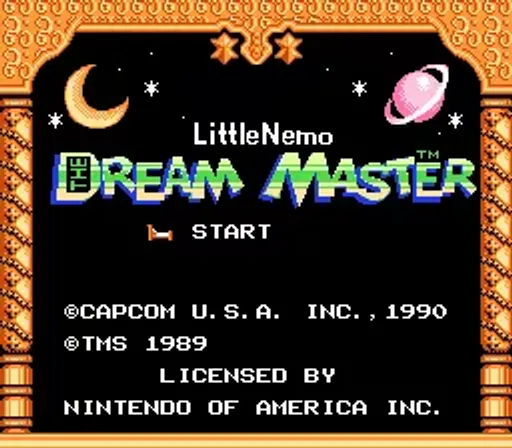
 Yes, and speaking of challenges, here’s a tip for players: in the Nightmare Land, utilize the gorilla transformation wisely to take on those tougher enemies and make navigations easier. Save it for when you’re truly stuck.
Yes, and speaking of challenges, here’s a tip for players: in the Nightmare Land, utilize the gorilla transformation wisely to take on those tougher enemies and make navigations easier. Save it for when you’re truly stuck.
 Also, don’t forget to collect all the keys in each level. It’s a clever way to ensure players explore every nook and cranny of the stages—it makes the experience richer. That’s why it’s critical to plan your route in each level.
Also, don’t forget to collect all the keys in each level. It’s a clever way to ensure players explore every nook and cranny of the stages—it makes the experience richer. That’s why it’s critical to plan your route in each level.
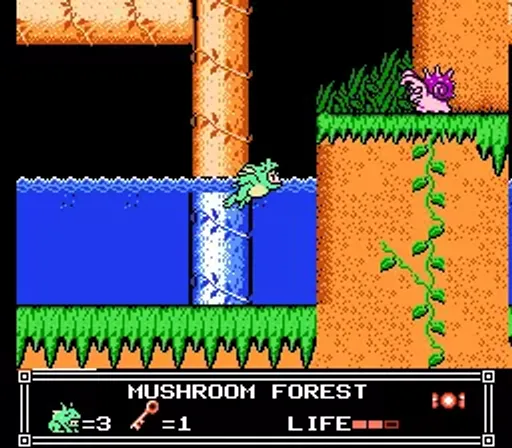
 It’s those small details and the overall enchanting atmosphere that makes this game memorable. One has to commend the love and care put into creating Little Nemo: The Dream Master.
It’s those small details and the overall enchanting atmosphere that makes this game memorable. One has to commend the love and care put into creating Little Nemo: The Dream Master.
 Definitely! For a platformer of 1990, it contains a bucket-load of creativity and charm. I’m glad Capcom took a chance on this quirky comic strip adaptation. It’s a gem in the NES library and definitely worth playing.
Definitely! For a platformer of 1990, it contains a bucket-load of creativity and charm. I’m glad Capcom took a chance on this quirky comic strip adaptation. It’s a gem in the NES library and definitely worth playing.
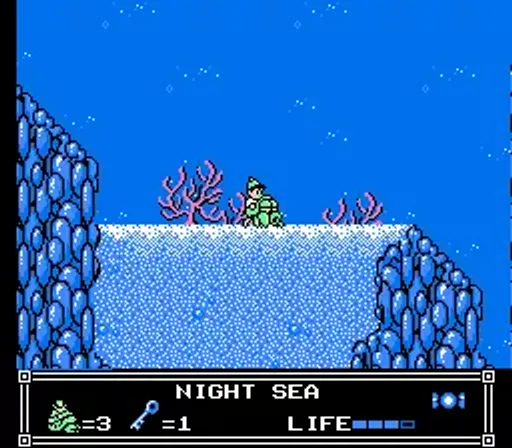
 Agreed. While it doesn’t reach the heights of, say, The Legend of Zelda or Mega Man, it stands out with its unique premise and delightful gameplay. A wonderful addition to any NES collection.
Agreed. While it doesn’t reach the heights of, say, The Legend of Zelda or Mega Man, it stands out with its unique premise and delightful gameplay. A wonderful addition to any NES collection.
 Absolutely, here’s to more such delightful afternoons on the NES. Let’s see what other hidden gems we can find next!
Absolutely, here’s to more such delightful afternoons on the NES. Let’s see what other hidden gems we can find next!
